Starsglaxiesspace - SPACE
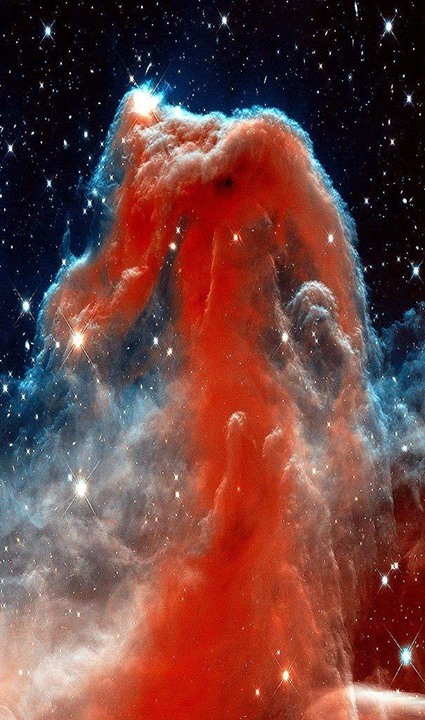
More Posts from Starsglaxiesspace and Others
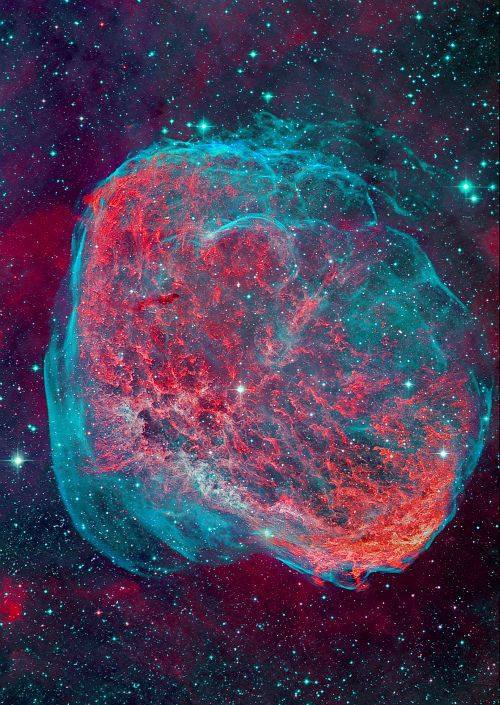
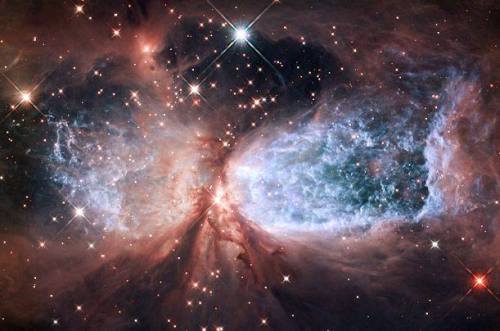
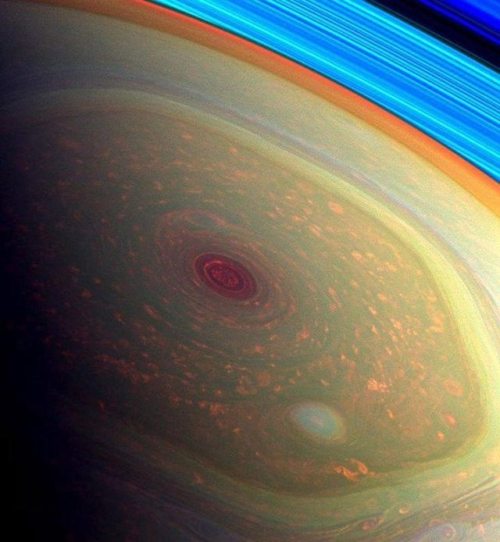

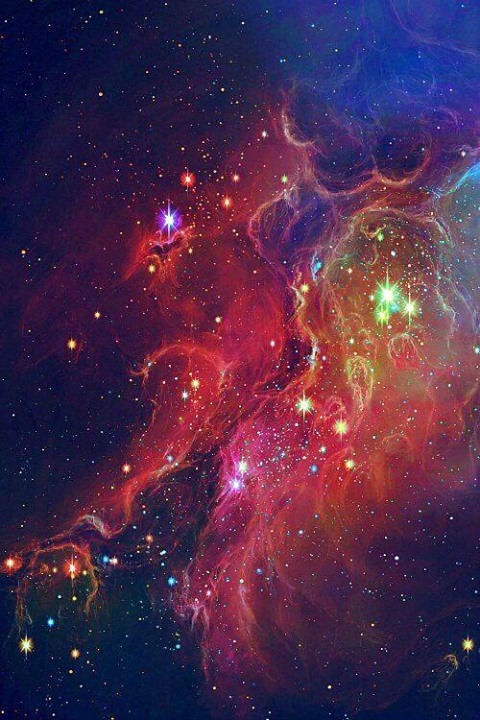
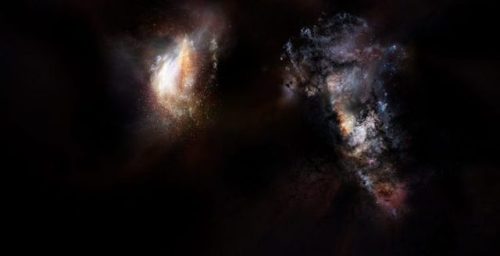
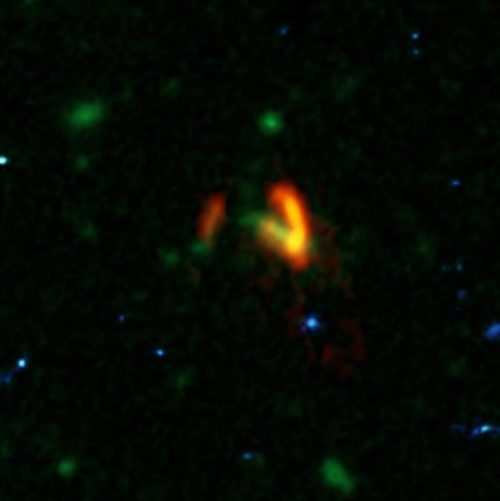
“More Giant Galaxies Discovered in the Early Universe”
Astronomers using the Atacama Large Millimeter/millimeter Array (ALMA) in Chile have discovered two giant galaxies that existed when the universe was only 780 million years old, or about 5 percent of its current age. These two galaxies, known collectively as SPTO311-58, appear to be within an even-more-massive dark matter halo, containing several trillion times the mass of our sun. This discovery is quite surprising for scientists. Like how suns and planets are formed from clumps of gas and rock sticking together, astronomers expected the first galaxies to resemble little dwarf galaxies such as those seen today. Yet, nature has surprised everybody, revealing examples of massive galaxies - even for today’s standards. The researchers wrote the following statement: “This ‘de-lensing’ process provided intriguing details about the galaxies, showing that the larger of the two is forming stars at a rate of 2,900 solar masses per year. It also contains about 270 billion times the mass of our sun in gas and nearly 3 billion times the mass of our sun in dust.” This shows that these galaxies very likely merged to eventually form the largest galaxy ever observed at that time period in cosmic history.
Read more about this fascinating story at: http://earthsky.org/space/primordial-galaxies-spt0311-58-dark-matter-early-universe
Images: Artist’s concept via NRAO/ AUI/ NSF; D. Berry. & Composite Image via ALMA (ESO/NAOJ/NRAO), Marrone, et al.; B. Saxton (NRAO/AUI/NSF); NASA/ESA Hubble.

Jupiter’s surface

Rosetta: “Comet from 8km”
Description A section of the smaller of Comet 67P/Churyumov–Gerasimenko’s two lobes as seen through Rosetta’s narrow-angle camera from a distance of about 8 km to the surface on 14 October 2014. The resolution is 15 cm/pixel. The image is featured on the cover of 23 January 2015 issue of the journal Science. More information: Getting to know Rosetta’s comet
Credit: ESA/Rosetta/MPS for OSIRIS Team MPS/UPD/LAM/IAA/SSO/INTA/UPM/DASP/IDA
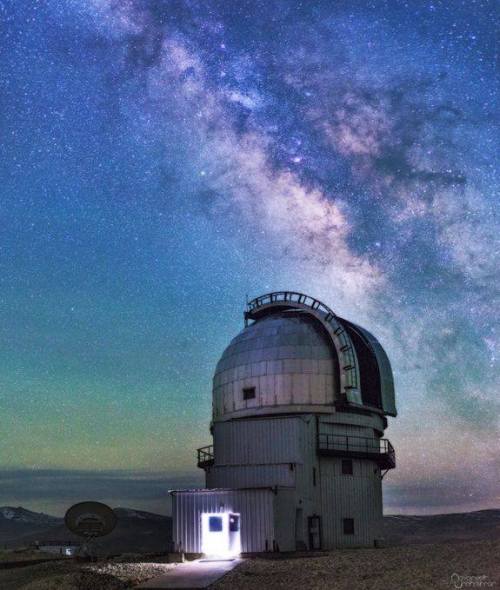

-
 written-in-wonder liked this · 2 years ago
written-in-wonder liked this · 2 years ago -
 buck-hesher liked this · 5 years ago
buck-hesher liked this · 5 years ago -
 done-w-ur-sht reblogged this · 6 years ago
done-w-ur-sht reblogged this · 6 years ago -
 310490 liked this · 6 years ago
310490 liked this · 6 years ago -
 tyzziss liked this · 6 years ago
tyzziss liked this · 6 years ago -
 tngbabe liked this · 6 years ago
tngbabe liked this · 6 years ago -
 16fahri liked this · 6 years ago
16fahri liked this · 6 years ago -
 everyshadowblog liked this · 6 years ago
everyshadowblog liked this · 6 years ago -
 fagdykefrank liked this · 6 years ago
fagdykefrank liked this · 6 years ago -
 someone2459 liked this · 6 years ago
someone2459 liked this · 6 years ago -
 coonazz74 liked this · 6 years ago
coonazz74 liked this · 6 years ago -
 the-heart-of-the-lion liked this · 6 years ago
the-heart-of-the-lion liked this · 6 years ago -
 xrod641 liked this · 6 years ago
xrod641 liked this · 6 years ago -
 mr80james liked this · 6 years ago
mr80james liked this · 6 years ago -
 startrekvsfaceapp liked this · 6 years ago
startrekvsfaceapp liked this · 6 years ago -
 realtonystark liked this · 6 years ago
realtonystark liked this · 6 years ago -
 shadowwolfe-13 liked this · 6 years ago
shadowwolfe-13 liked this · 6 years ago -
 coffeelikemysoul reblogged this · 6 years ago
coffeelikemysoul reblogged this · 6 years ago -
 harmonicgamingangel22blog liked this · 6 years ago
harmonicgamingangel22blog liked this · 6 years ago -
 prboy1969 liked this · 6 years ago
prboy1969 liked this · 6 years ago -
 zackkzackkk liked this · 6 years ago
zackkzackkk liked this · 6 years ago -
 maturegentleman75 liked this · 6 years ago
maturegentleman75 liked this · 6 years ago -
 genocider-syo-is-still-my-queen liked this · 6 years ago
genocider-syo-is-still-my-queen liked this · 6 years ago -
 krimzonimprexx32moonchild-a-blog liked this · 6 years ago
krimzonimprexx32moonchild-a-blog liked this · 6 years ago -
 bluevoir liked this · 6 years ago
bluevoir liked this · 6 years ago -
 the-sith-in-the-sky-with-diamond liked this · 6 years ago
the-sith-in-the-sky-with-diamond liked this · 6 years ago -
 irate-pirate-bi-27 liked this · 6 years ago
irate-pirate-bi-27 liked this · 6 years ago -
 e-avenue reblogged this · 6 years ago
e-avenue reblogged this · 6 years ago -
 nothisacrayon liked this · 6 years ago
nothisacrayon liked this · 6 years ago -
 mostafa18xl liked this · 6 years ago
mostafa18xl liked this · 6 years ago -
 mrping999-blog liked this · 6 years ago
mrping999-blog liked this · 6 years ago -
 gakittajp liked this · 6 years ago
gakittajp liked this · 6 years ago -
 yxcvbnm666 liked this · 6 years ago
yxcvbnm666 liked this · 6 years ago -
 m7mdyasern liked this · 6 years ago
m7mdyasern liked this · 6 years ago -
 amnissty liked this · 6 years ago
amnissty liked this · 6 years ago